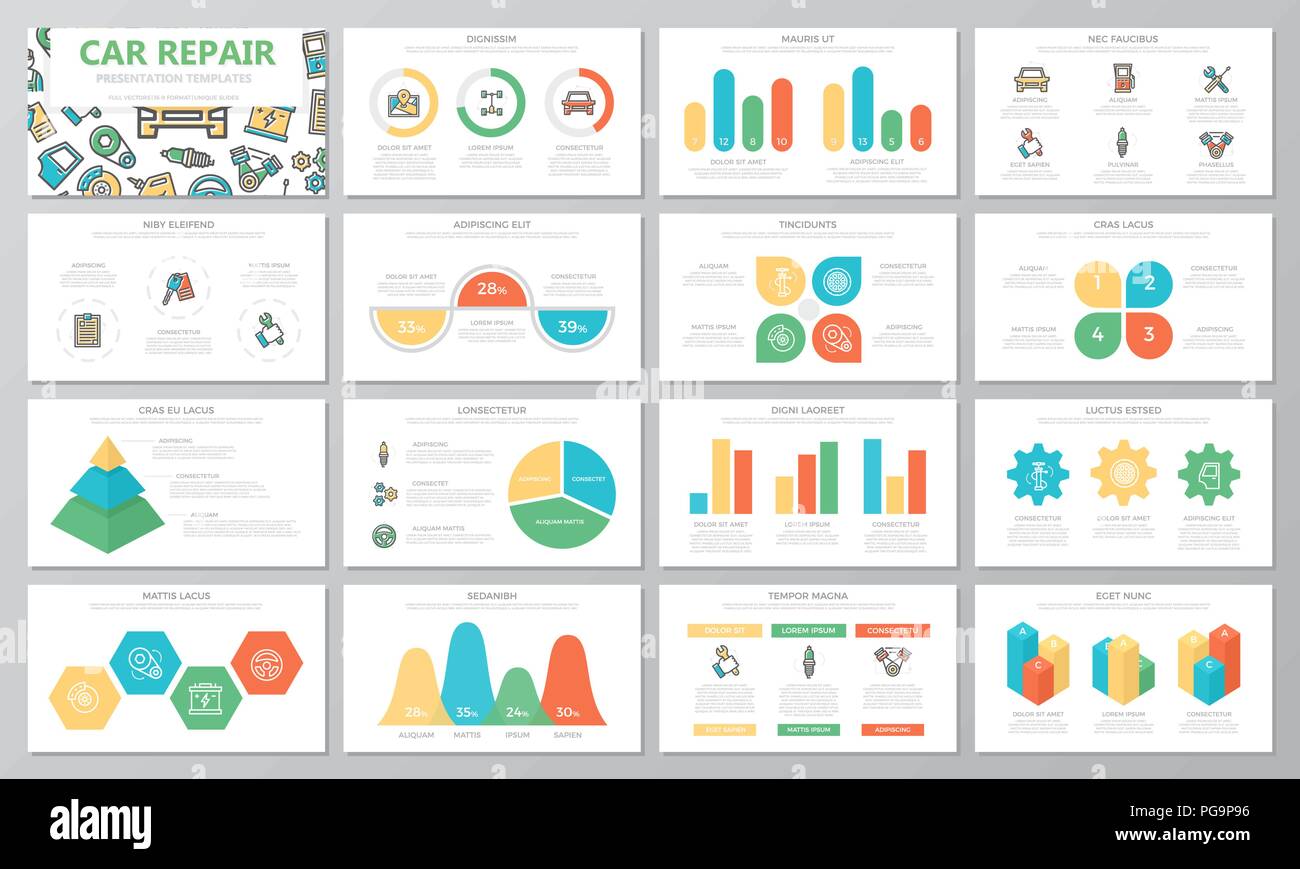When you lag the wheel, those beautiful caution lights on your control panel can be a little bit bewildering. Do you understand what they're trying to inform you regarding your automobile's health? Comprehending the value of these lights is essential for your safety and security and the longevity of your lorry. So, the following time one of those lights appears, would not you intend to understand its message precisely and take the necessary actions to resolve it?
Common Warning Lights and Interpretations
Recognize typical caution lights in your vehicle and understand their definitions to make certain safe driving.
The most typical warning lights include the check engine light, which indicates problems with the engine or discharges system. If this light comes on, it's vital to have your vehicle checked promptly.
The oil pressure alerting light shows low oil stress, needing immediate attention to prevent engine damages.
auto scratch repair flashing battery light could suggest a faulty billing system, possibly leaving you stranded if not attended to.
The tire stress tracking system (TPMS) light signals you to low tire pressure, impacting automobile stability and fuel performance. Neglecting this might result in unsafe driving conditions.
The abdominal muscle light suggests a problem with the anti-lock stopping system, endangering your ability to stop swiftly in emergencies.
Finally, the coolant temperature cautioning light warns of engine overheating, which can cause severe damage otherwise resolved promptly.
Comprehending these usual caution lights will help you address problems immediately and maintain secure driving problems.
Significance of Prompt Interest
Understanding the common caution lights in your automobile is just the very first step; the importance of without delay resolving these cautions can't be emphasized sufficient to ensure your security on the road.
When a caution light brightens on your dashboard, it's your cars and truck's way of connecting a possible problem that requires focus. Ignoring these warnings can lead to a lot more severe troubles down the road, compromising your safety and security and potentially costing you much more in repairs.
Trigger attention to advising lights can prevent malfunctions and crashes. For click here to find out more , a blinking check engine light could suggest a misfire that, if left ignored, could trigger damage to the catalytic converter. Addressing this immediately can save you from an expensive repair work.
Likewise, a brake system advising light may signal low brake liquid or used brake pads, critical parts for your safety when driving.
Do It Yourself Troubleshooting Tips
If you see a warning light on your control panel, there are a few do it yourself repairing suggestions you can attempt prior to looking for expert assistance.
The first step is to consult your cars and truck's guidebook to comprehend what the details caution light suggests. Often the concern can be as easy as a loosened gas cap setting off the check engine light. Tightening the gas cap might settle the issue.
An additional typical issue is a low battery, which can cause different advising lights. Examining the battery links for corrosion and guaranteeing they're protected could fix the problem.
If pro tec persists, you can try resetting it by disconnecting the auto's battery for a few mins and after that reconnecting it. Additionally, checking your lorry's fluid levels, such as oil, coolant, and brake fluid, can assist repair warning lights related to these systems.
https://wonderfulengineering.com/how-to-start-a-car-repair-shop-the-ultimate-guide/ , recognizing your automobile's caution lights is necessary for keeping your car running efficiently and securely. By promptly attending to these signals and knowing what they imply, you can prevent costly fixings and prospective break downs.
Remember to consult your car's guidebook for particular details on each advising light and take action appropriately to guarantee a hassle-free driving experience.
Keep educated, stay risk-free when traveling!
